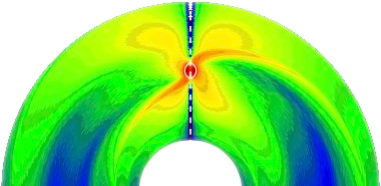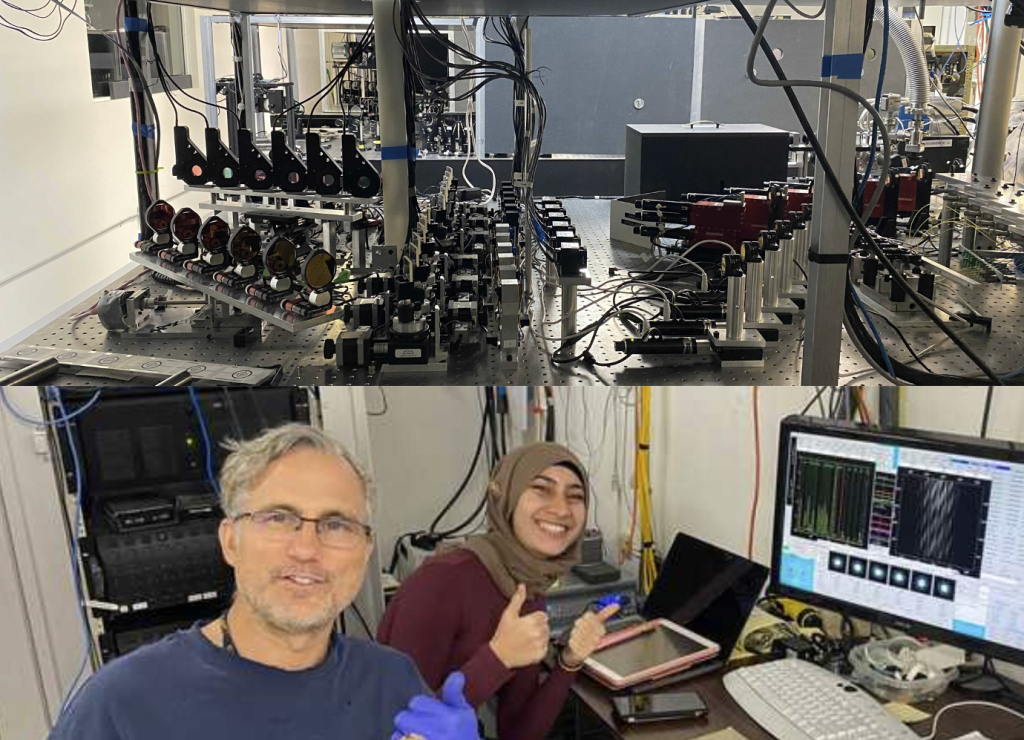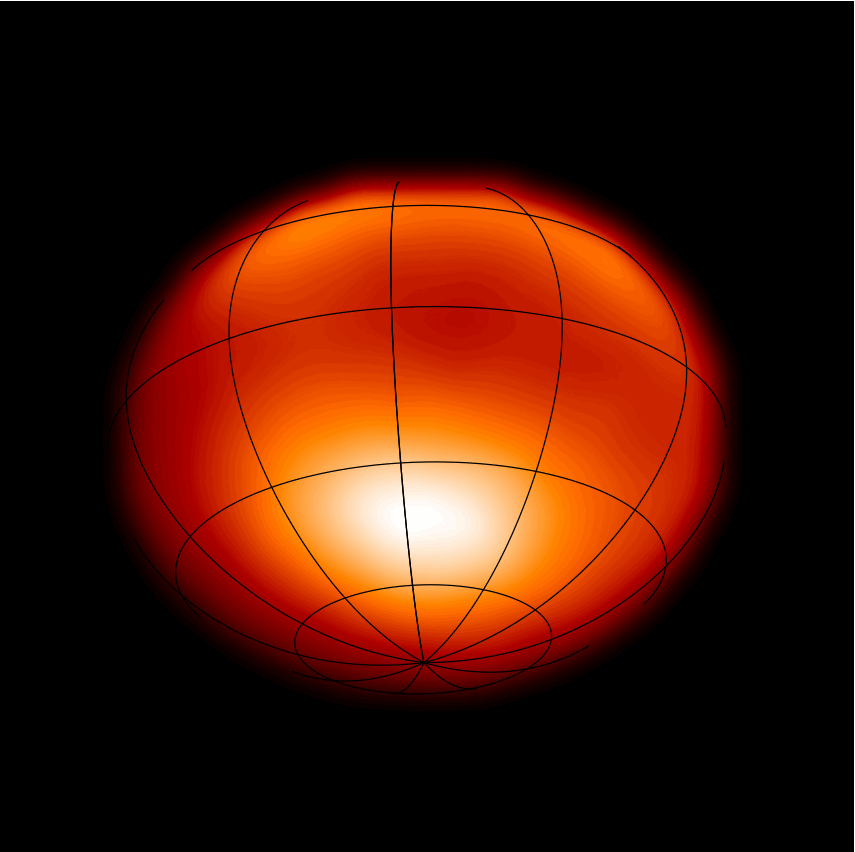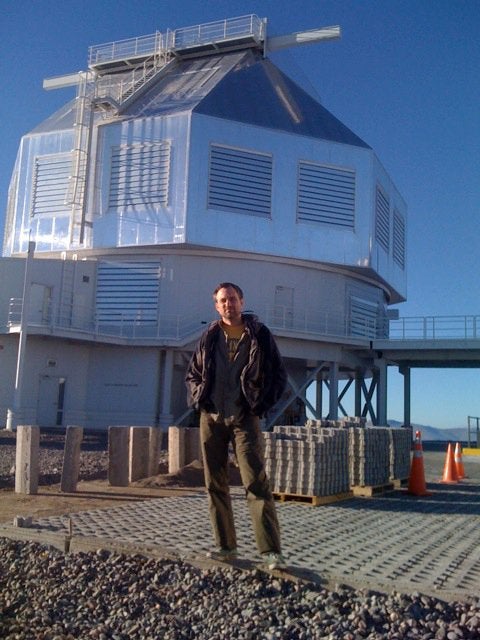Testing Space Interferometry Concepts with Drones
Professor Monnier is working with fellow Astronomer Michael Meyer, Aerospace Professor Jamie Cutler and Mechanical Engineering Professor Kira Barton to prototype a cubesat space interferometer using heavy lift drones. Initial funding from the Michigan Institute for Research in Astrophysics (MIRA) has funded the first drone. We are seeking additional funding in collaboration with colleagues at the Jet Propulsion lab.
Michigan Young Stellar Imager at CHARA (MYSTIC)
We recently commissioning the MYSTIC instrument with CHARA, after a long development time during COVID. This fiber-based cryogenic combiner can observe a k band at the same time as the J+H band MIRC-X instrument to give unprecedented near-IR coverage and sensitivity for imaging stars, binaries, Herbig and T Tauri disks at sub-milliarcsecond angular resolution.
Planet Formation Imager Project

Professor Monnier is the Project Director of the newly formed Planet Formation Imager (www.planetformationimager.org) Project. We are currently developing the science cases and assessing the technical feasibility of a variety of architectures. Please write to info@planetformationimager.org if you would like to contribute to this exciting project.
Precision Astrometry for Exoplanet Discovery

This figure demonstrate the precision astrometry possible for monitoring binary star orbits with CHARA/MIRC. We plan to use this “world-record” precision (<10 MICRO-arcseconds) to search of exoplanets around intermediate mass (2-10 Msun) stars, a prospect difficult to pursue with conventional methods.
Testing Long Optical Fibers in the Lab
Members of Professor Monnier’s group pursue a range of lab experiments that support the on-sky instrumentation development. For instance here we see John measuring the optical length of a long single-mode cable (~300meters) using an Optical Backscatter Reflectometer. We hope these fibers will be used “on-sky” to test the feasibility of using fiber optics to ease beam transport for next-generation optical interferometers.
Adaptive Optics Instrumentation
UM Graduate student Xiao Che built the wavefront sensor (shown here in blue) for each of the six telescopes in the CHARA Array. This should improve the tip-tilt sensitivity by a factor of 50 and paves the way for the full implementation of adaptive optics in the coming years.
Imaging Surfaces of Rapidly-Rotating Stars
Using the MIRC combiner developed at the Michigan, our group can now image the surfaces of stars other the Sun, thanks the milli-arcsecond resolution afforded by the Georgia State University CHARA Array. Alpha Cepheus (above) is rotating near break-up speed, causing the equator to bulge due to centrifugal forces and to dim due to “gravity darkening.”
The Magellan Telescopes in Chile
John visiting the Magellan Telescopes in Chile. Currently, John and former UM student Ming Zhao are searching for signs of scattered visible light from atmospheres of hot Jupiters in hopes of pinning down their composition.








